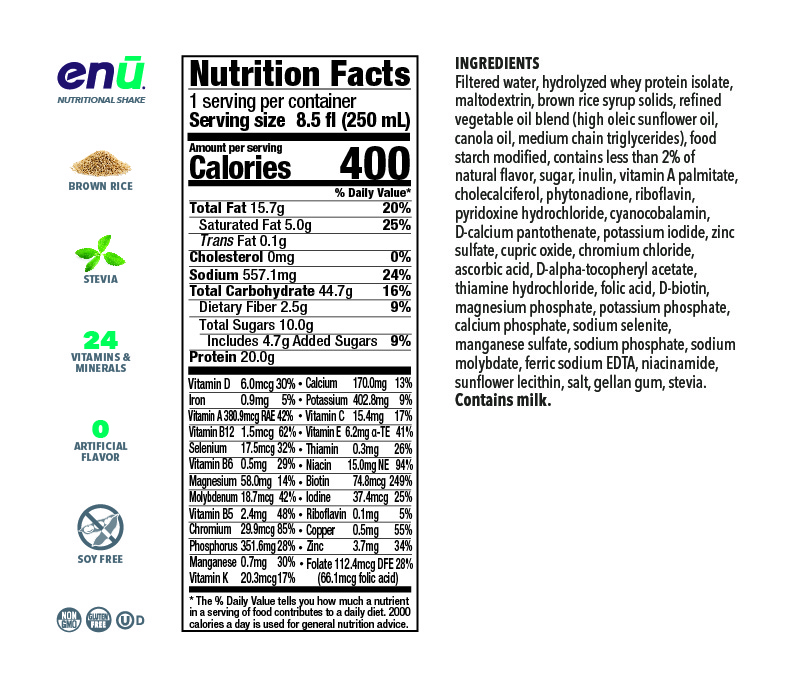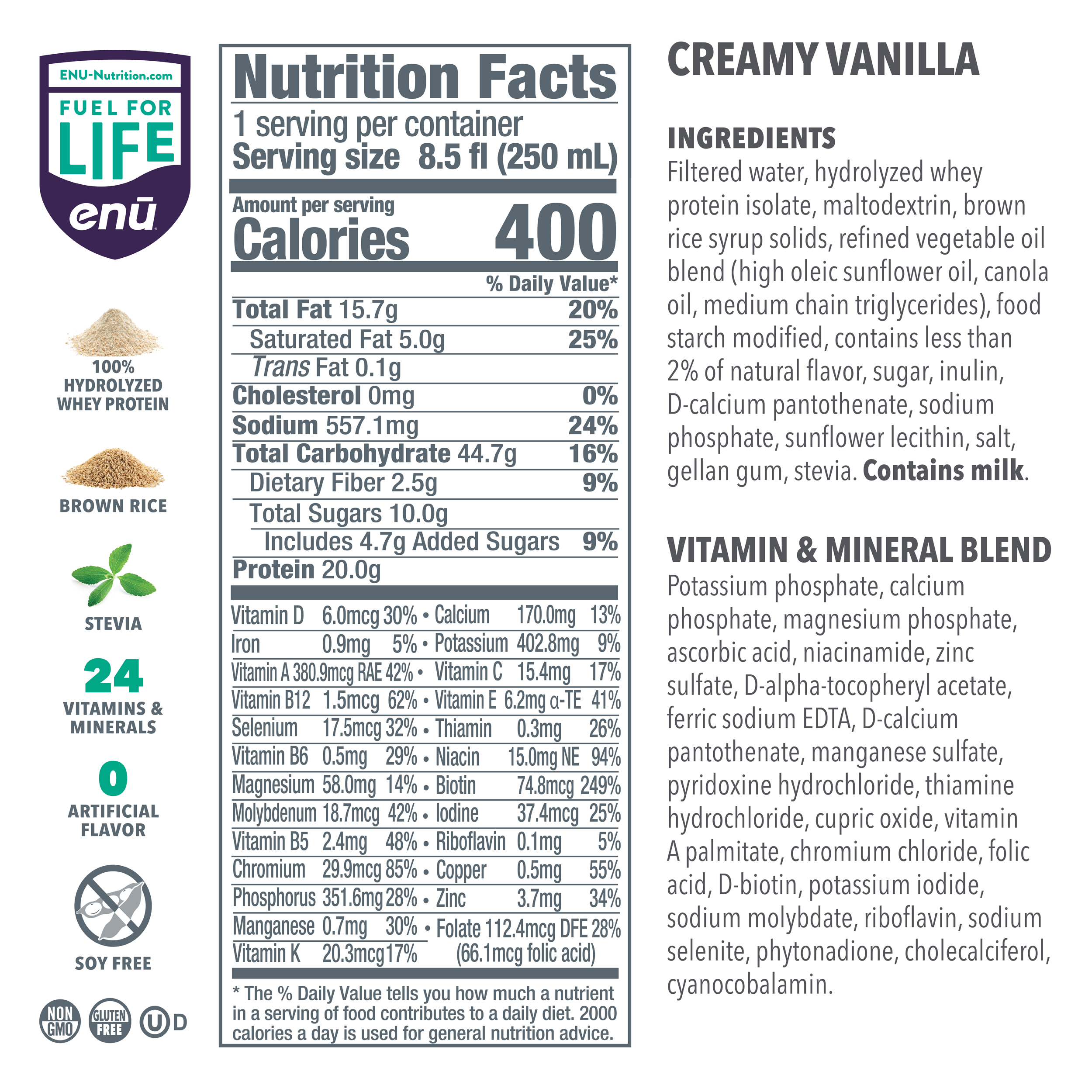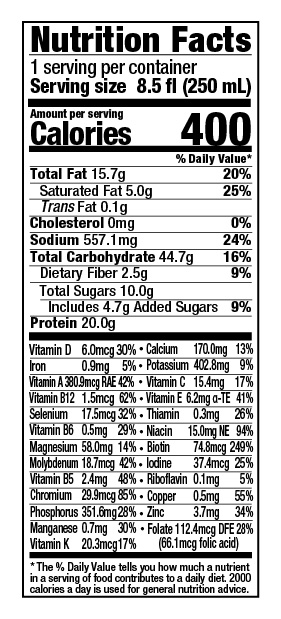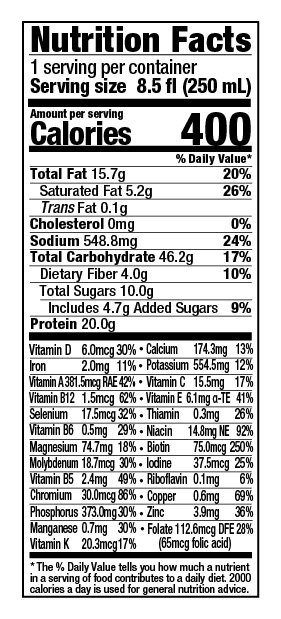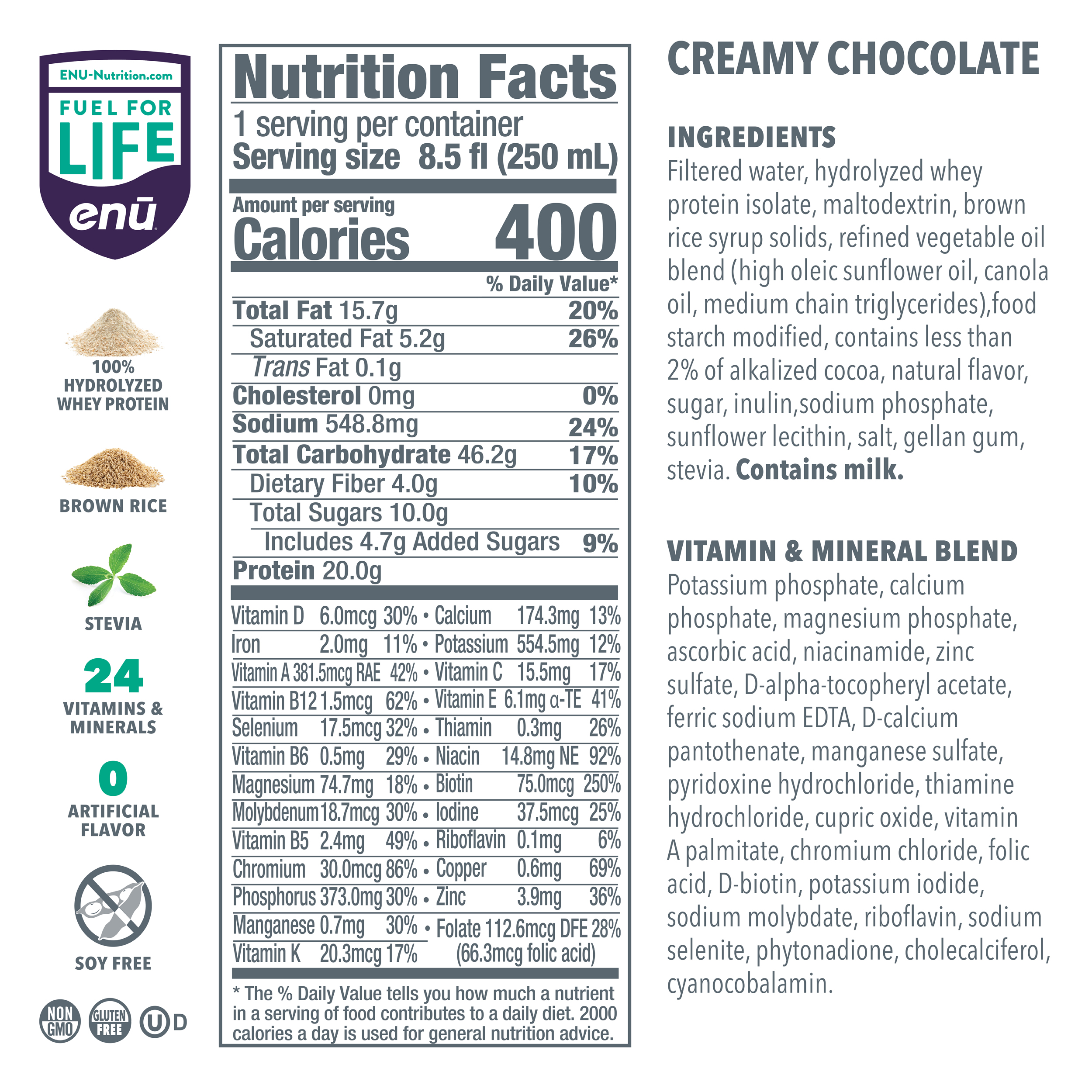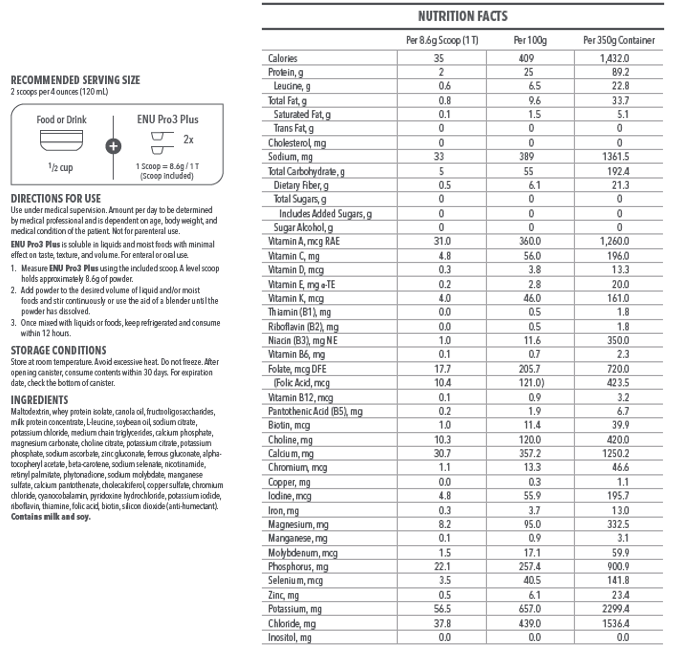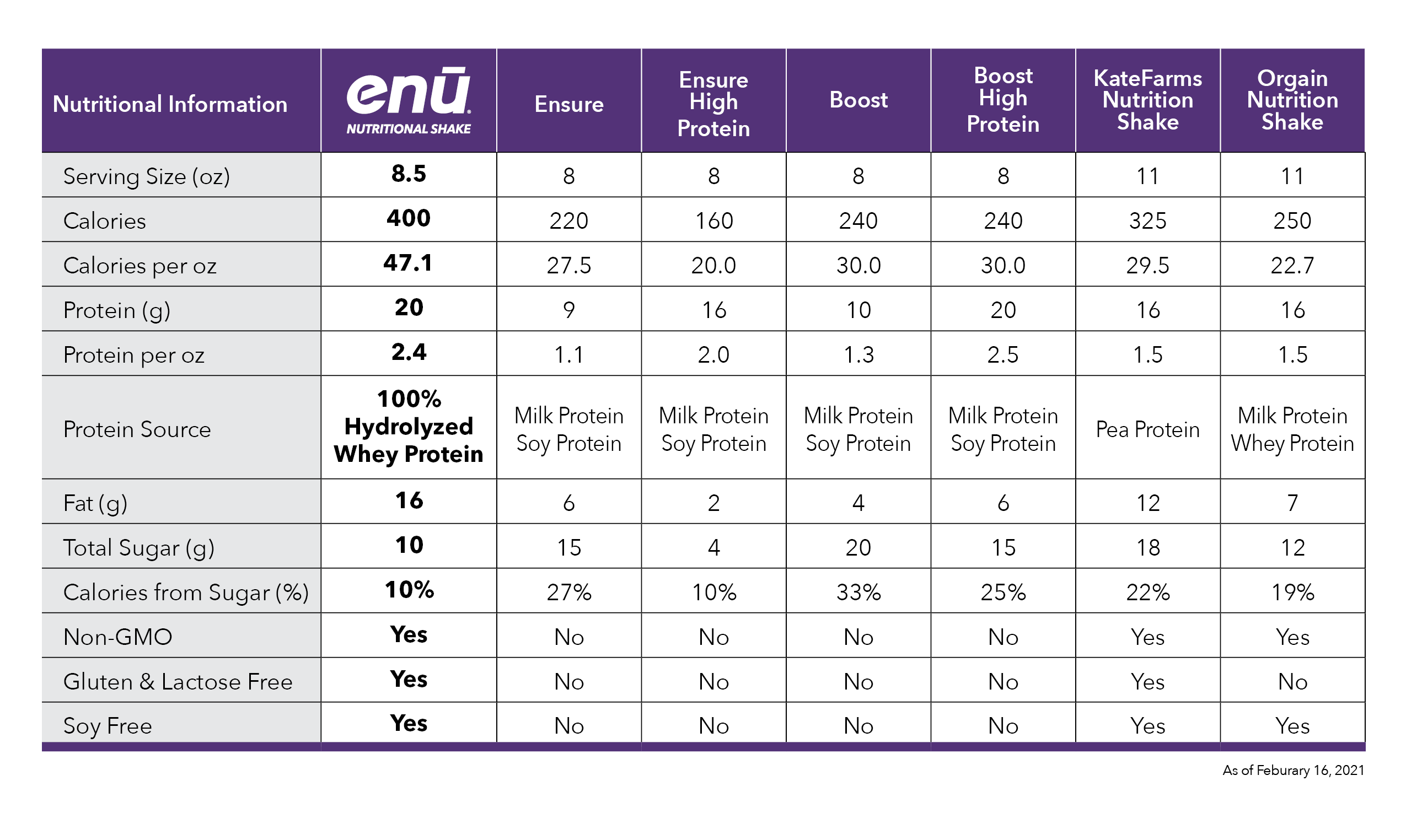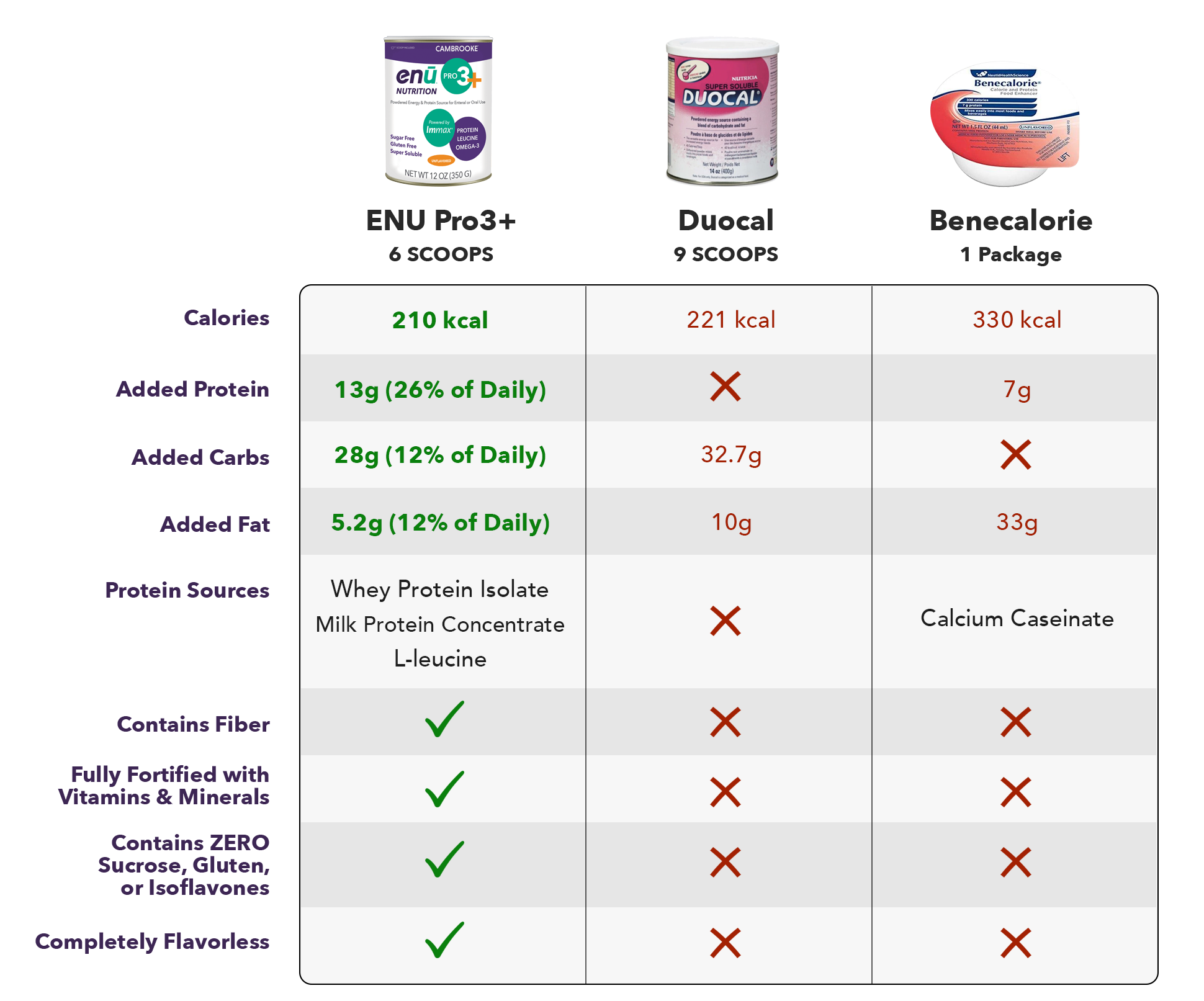
Get a FREE
ENU Intro Pack*
*Just Pay $2.00 Shipping

How Do You Stop Muscle Deterioration?
Getting old is never easy, for a long list of reasons. One of the chief reasons on that list is the loss of muscle mass and strength that continues through middle age and into old age, the result of which can be much more serious than just smaller biceps. The muscles at risk of deterioration due to age – or, in many cases, illness – are all over the body, and as their mass decreases, so too do the physical abilities of those this process affects. Luckily, there are some steps people can take to slow, halt, or even reverse the loss of muscle mass that impacts so many older adults. So, how do you stop muscle deterioration? To find out, keep reading as the makers of protein shakes for seniors over at ENU dive into this important topic.
What Causes Muscle Deterioration?
Most people are familiar with the idea that using your muscles makes them stronger, and not using them means that they deteriorate with time. However, there are some instances in which a person can experience significant muscle loss independent of this common rule of thumb, thanks to two particular conditions that affect millions of people: sarcopenia – muscle deterioration due to age – and cachexia – the loss of body mass due to a major illness.
Sarcopenia-Related Muscle Deterioration
Starting at age 30, the average person will begin to lose muscle mass gradually, at a rate of about half a pound per year. This muscle deterioration tends to continue slowly until about age 60, at which point it accelerates; by age 70, many people lose muscle mass at a rate of 1% per year (or more). Between the ages of 70 and 80, sarcopenia – the name for this phenomenon – can cause a person to lose as much as 15% of their muscle tissue over the course of a decade.
While this muscle deterioration may not seem like a huge health risk in and of itself, it’s crucial to keep in mind that the secondary effects of sarcopenia can be wide-ranging. As the muscles lose strength, balance is affected, leading to an increased risk of falls, and weaker legs can limit a person’s ability to get around, ultimately affecting their mobility, sense of independence, and overall quality of life.
Muscle Deterioration Caused by Cachexia
While the effects of sarcopenia can, if left unchecked, be significant, they pale in comparison to the dangers of cachexia, the deterioration of body tissue – both fat and muscle – caused by a number of severe ailments. Many patients with late-stage cancer, for instance, can find themselves wasting away at an alarming rate, reducing their body’s ability to fight off infection and negatively impacting their long-term prognosis. Cancer patients aren’t alone in this, however; cachexia also appears alongside conditions like chronic obstructive pulmonary disease (COPD), cystic fibrosis, Crohn’s disease, HIV, heart failure, and rheumatoid arthritis.
Whereas the slow march of muscle deterioration associated with sarcopenia can often be countered effectively, cachexia can be much more difficult, or even impossible, to stop or reverse. Because this condition is related to the extensive physiological changes wrought by serious illness – including an increased metabolic rate, chronic inflammation, and appetite loss – the effects are much more severe than the gradual changes seen in those with sarcopenia. For this reason, the treatments most often used to stop muscle degradation for patients with sarcopenia are typically much less effective for those with cachexia, although people in both groups may benefit from the methods outlined in the next section.
Stopping Muscle Deterioration Caused by Sarcopenia and Cachexia
Before diving in, it should be noted that, although the treatments discussed below can benefit a great number of individuals, the final decision regarding how to address your muscle deterioration should be made in direct consultation with your doctor, as they have both the qualifications and personal information needed to make safe, effective medical decisions.
Adding Protein to Your Diet
That said, the two main methods used to stop muscle deterioration caused by a variety of conditions are diet and exercise. Studies have shown that many older individuals fail to get adequate amounts of protein in their diet, and since protein is the nutrient most intimately tied to muscle preservation and growth, a lack of protein can contribute to muscle deterioration and limit your efforts to stop it. Therefore, it’s important to ensure that you’re getting at least half a gram of protein per pound of body weight each day, whether from solid foods, meal replacement shakes, or any other source. In addition, note that vitamin D may be able to help your situation as well, as a lack of this nutrient has been linked to muscle weakness.
Starting an Exercise Routine
While diet is important for stopping muscle deterioration, exercise is arguably even more so. If you notice that you’re losing muscle mass, talk to your doctor about starting an exercise routine, and consider working with a personal trainer to come up with a workout regimen that is both safe and effective. For many people experiencing muscle deterioration, the best option is a form of resistance training that starts with very little weight and slowly builds up resistance as your body strengthens. However, the increased risk of injury that comes with muscle loss – and with age in general – should be considered, which is why a sound medical opinion is essential.
ENU Offers the Protein and Other Nutrients You Need to Stop Muscle Deterioration
Although the idea of getting more protein in your diet may seem simple, many seniors find it challenging to increase the amount of food they eat on a daily basis. For this reason, ENU offers balanced meal replacement shakes and nutritional powders that make it easy to increase your protein intake, even if you don’t have much of an appetite. To learn more about the benefits of ENU products for stopping muscle deterioration, visit us online or call (855) 266-6733 today.




